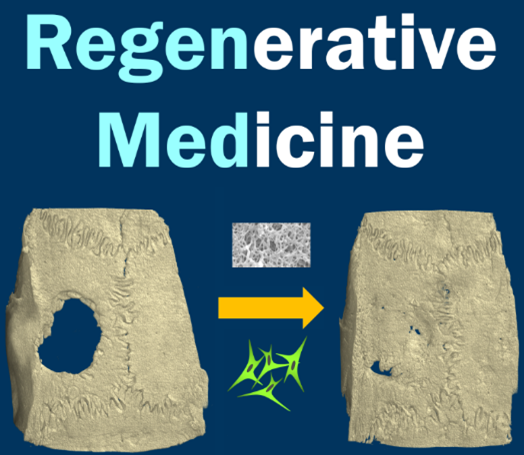Inclusivity and diversity: Integrating international perspectives on stem cell challenges and potential

In this section for submissions by our Fellows, Professor Jullian Cornish FRSNZ as part of the IAP working group, discusses the IAP's recently released statement on Regenerative Medicine in Stem Cell Reports.
On July 29, 2021, the InterAcademy Partnership (IAP) published a statement on Regenerative Medicine in Stem Cell Reports: “Inclusivity and diversity: Integrating international perspectives on stem cell challenges and potential”. Regenerative medicine comprises various novel interdisciplinary approaches to healthcare, including the use of cell and gene therapies, aimed at tissue regeneration, repair, restoration and reorganisation. Regenerative medicine or tissue engineering has great potential, being a significant leap forward both in the laboratory and clinically.
This statement examined global stem cell opportunities and challenges; however, concerns continue to grow relating to problems caused both by unscrupulous private clinics offering unregulated therapies based on little or no evidence and premature regulatory approval based on insufficient scientific rationale and clinical evidence. An initiative by the IAP convened experts worldwide to identify opportunities and challenges, with a focus on stem cells. The study was designed to address issues for supporting research and innovation while protecting patients. A need was described for robust scientific foundation with in vitro research, preclinical animal models following to clinical trials of approved design and monitoring procedures with transparency in data collection to ascertain the acceptable level of evidence for safety and efficacy. There is a need for international development of standards in regulatory authorisation and medicines access, and engagement with patients, policy makers and the public. The IAP identified options for action for sharing good practice and building collaboration within the scientific community and with other stakeholders worldwide.
For further information, the commentary is now online at: https://doi.org/10.1016/j.stemcr.2021.07.003
About the InterAcademy Partnership
The IAP founded in 1993, is a global network consisting of over 140 national and regional member academies of science, engineering, and medicine. The IAP promotes its goals through statements on issues of fundamental importance to humanity. These statements are the combined consensus of the world's academies to provide independent, evidence-based advice and recommendations to policymakers in governments, international organisations, or academies themselves.
